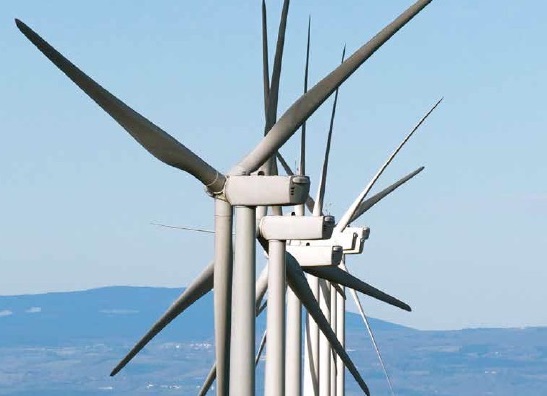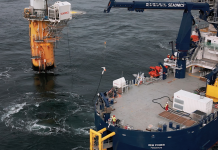Larger and more efficient turbine technologies will be the key driver in reducing the wind industry’s levelized cost of energy (LCOE) and ensuring it remains competitive with other energy sources. This is according to some 81 percent of the asset and operations managers who attended ONYX InSight’s European Wind Turbine Technical Symposium June 19-20.
However, 79 percent of delegates also cited a need for higher-quality data to improve the reliability of their organization’s assets, in addition to discussing the role of asset monitoring, early failure detection and advanced maintenance scheduling in increasing the efficiency of turbine fleets.
ONYX InSight, a joint venture between Romax Technology and Castrol, is a leading predictive analytics partner for wind-asset owners and operators worldwide. Through the use of physics-based and data-driven predictive analytics, it allows wind operators better control and reduced costs in their operations.
Evgenia Golysheva, head of Consultancy at ONYX InSight, warned against focusing cost-cutting and efficiencies too tightly on operations budgets if the industry is to get the best from new, larger, but more complex turbine technologies:
“A new generation of larger, more advanced turbines will mean more complex machinery, operating in harsher operating conditions around the world,” she said. “But it’s a mistake to think that all of these new technologies will be more reliable than their predecessors thanks to lessons learned from older designs, or that operating costs will reduce naturally as the industry matures without increased understanding and streamlining of operations and maintenance processes.”
Golysheva was speaking to more than 50 wind asset and operations managers at the symposium at the University of Nottingham Innovation Park. Discussions focused on the latest trends and challenges in wind-farm operations and lifetime extension, with presentations and a panel discussion highlighting the relationship between optimized practices, understanding the root causes of failures, and asset value.
“The complexity of new, larger turbine designs, combined with an increasingly short design and prototype stage and challenges to the supply chain, means that an optimized approach to operations and maintenance is required to ensure technicians can meet the challenges presented by new failure modes,” Golysheva said.
Attendees at the symposium agreed on the importance of being able to accurately predict when a gearbox component might fail, and of securing longer lead times to allow for proactive repair or replacement. Equally, more than half of those present said they thought owners and operators were failing to take advantage of the turbine data already available to them, either through lack of access or an inability to integrate the data into their organization.
However, they also pointed to the significant advantages such data provides when used effectively. Eight in 10 said they used data for failure detection and prediction, with a similar number using it to better analyze performance — acknowledging the role turbine life extension has to play in improving long-term financial returns.
“The symposium proved an excellent forum to share the thoughts and experiences of the wind industry’s leading asset and operations managers and get their views on how the operational challenges they face can best be addressed,” said Bruce Hall, CEO of ONYX InSight. “It’s clear that smarter, data-driven approaches to operational decisions will be crucial to extending asset lifetimes, reducing the LCOE and getting the most from the new turbine technologies that will come online over the next few years.”
ONYX InSight’s next Technical Symposium will be in Denver, Colorado, September 18-19.
More info onyxinsight.com




























